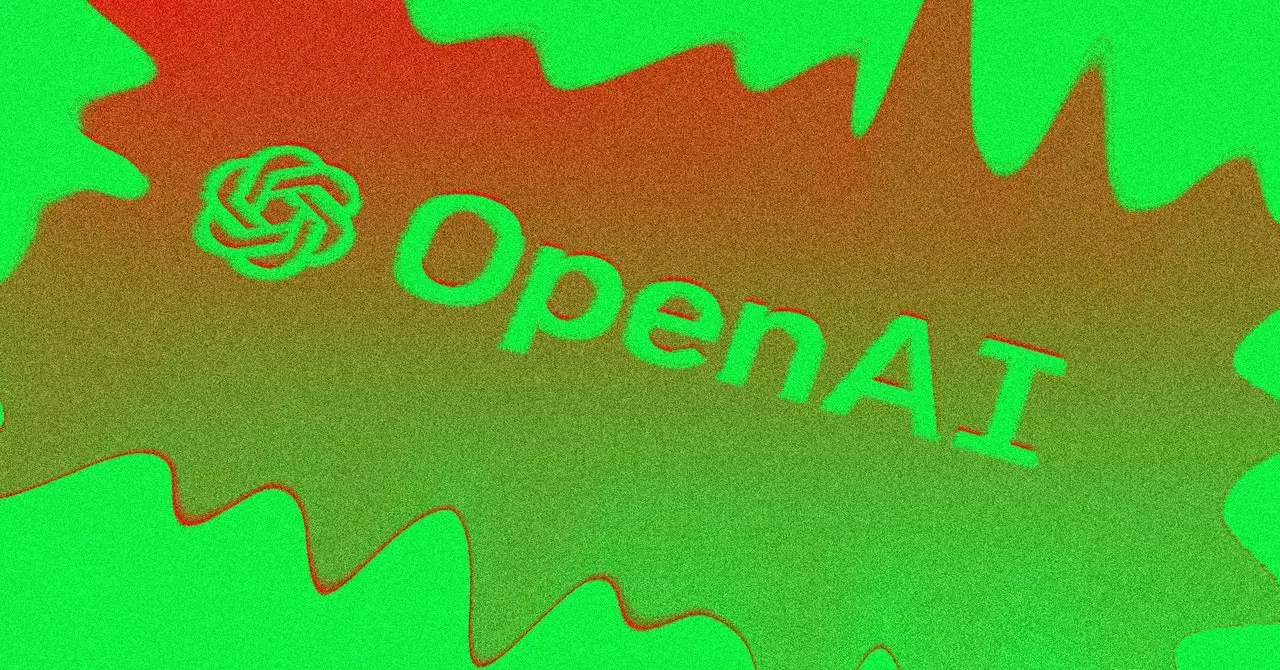The realm of artificial intelligence is witnessing a seismic shift, marked by the unveiling of OpenAI’s latest innovation, the o3-mini. As this smaller, highly efficient model rolls out, it represents a strategic maneuver in the tumultuous landscape influenced by the emergence of DeepSeek, a Chinese AI startup that has captured global attention with its advanced offerings. This article delves into the implications of OpenAI’s decision to introduce o3-mini and what it signifies in the broader context of competition, innovation, and efficiency in AI development.
OpenAI’s o3-mini is being touted as a significant leap forward in the realm of small-scale AI models. Despite its compact size, it boasts sophisticated reasoning capabilities that allow it to dissect complex problems into manageable components. This functionality is crucial in fields such as mathematics, science, and coding, where the ability to strategize problem-solving is vital. By prioritizing efficiency without sacrificing performance, OpenAI aims to reshape perceptions regarding the potential of smaller models.
In a blog post announcing o3-mini, OpenAI proclaimed it as “powerful and fast,” heightening expectations among users. This model is positioned to cater to Plus, Team, and Pro users of ChatGPT, while also extending access to free-tier users—albeit with certain limitations on query volume. This strategy reflects OpenAI’s commitment to inclusivity and user engagement, inviting even casual users to explore advanced AI capabilities.
The launch of o3-mini has come at a critical juncture. DeepSeek’s recent introduction of a competitive model called R1 has stirred concerns within the US tech industry, prompting a reevaluation of pricing strategies across major players like Google and Anthropic. The stark fact that DeepSeek’s robust offering is available for free places additional pressure on OpenAI to not only compete but also assert its dominance in the AI sector.
Acknowledging the changing dynamics, OpenAI has undertaken a dual approach: enhancing its model’s efficiency and consolidating its market position. The underlying message is clear: OpenAI intends to remain a leader in AI innovation, even in the face of fierce competition. By rolling out a model that emphasizes speed and capabilities, OpenAI is not merely responding to competition; it’s proactively shaping the future of AI accessibility and usage.
Behind the scenes, OpenAI’s approach to developing o3-mini highlights the significance of human capital in the AI landscape. Recently, the company has sought to recruit PhD students in computer science, offering lucrative compensation for their expertise. This move signals a broader trend in the industry, where tech companies increasingly rely on specialized talent to drive innovation.
With the involvement of academic minds, OpenAI aims to infuse cutting-edge research into its model development cycles. Moreover, the collaboration is indicative of a trend where corporations leverage specialized knowledge to establish superiority in an increasingly competitive field. The potential to create complex coding challenges, as indicated in job postings, intends to rigorously test and enhance the capabilities of their models, ensuring they meet real-world challenges effectively.
As the competition intensifies, the geopolitical implications are hard to ignore. DeepSeek’s ascent evokes critical discussions about the US government’s strategies to limit China’s technological advancements, particularly in AI. Restrictions imposed on Chinese tech firms attempting to access advanced hardware reflect a deep-seated concern regarding the balance of power in emerging technologies.
Both companies’ models reflect distinct approaches to resource utilization, with DeepSeek managing to achieve impressive results with potentially fewer resources than their American counterparts. Such developments may catalyze a reevaluation of strategies for AI development across borders. While geopolitical tensions rise, so too do questions regarding the sustainability of current practices in tech innovation and competitive advantage.
The introduction of OpenAI’s o3-mini signifies more than just another technological advancement; it represents a critical strategic response in an evolving competitive landscape. As DeepSeek sets new standards with its R1 model, OpenAI’s agile move to enhance the capabilities of smaller models illustrates an adaptive mindset essential for thriving in rapidly changing conditions.
The battle for dominance in the AI arena has just commenced, and both organizations are primed to showcase not only their technological prowess but also the very essence of strategic innovation. As the lines between competition and collaboration blur, the future of AI promises to be a fascinating realm of continuous evolution and discovery.

